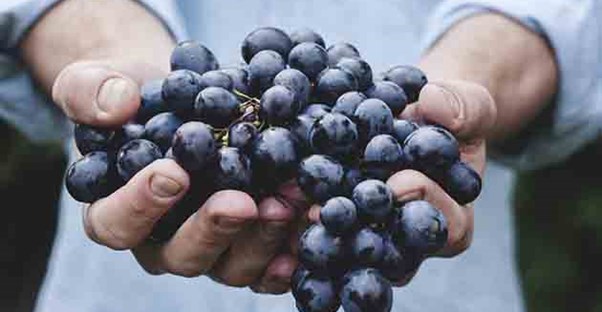White Potatoes

Potatoes are a great food, guaranteed to make any food better. Sadly, the USDA has found 35 different pesticides of the standard white potato. While this isn’t necessarily a bad thing, these chemicals do happen to be dangerous. 6 are known carcinogens, 12 are hormone disrupting, 7 are neurotoxins, and 6 affect reproduction. The chemicals used on white potatoes are not to be taken lightly.
Corn

Corn is used in so many foods. Tortillas, beer, and pretty much anything sweet. It’s a super diverse food, but it’s had some serious gene modification. Our bodies aren’t used to this level of GMO, and its believed that many people have food allergies because of this. In addition, GMO processes are constantly being changed and updated, but there have been no long-term studies on this matter. Handle GMO foods with caution.
Apples
Bell Peppers
Spinach

Spinach has super high levels of pesticides — over 97%! So, there’s a high risk of ingesting carcinogens, hormone disruption, and neurotoxins when you reach for this leafy green. In fact, Time magazine said it “contained nearly twice the pesticide residue by weight than any other fruit or vegetable.”
Cherry Tomatoes
Grapes
Celery

Celery is nature's, toothbrush, but apparently, it’s not super clean itself. 95% of celery contained pesticides. Up to 13 different pesticide residues, most being hormone disruptors, have been found on these veggies. So now, this veggie is near nutrition-less and dangerous. That’s a lose-lose situation.
Hot Peppers
Peaches
Cucumber
Nectarines
Strawberries

Strawberries are definitely one of the best foods in human history. Sadly, they also have more pesticides than any other fruit or vegetable after spinach. The EWG reported an average of about 10 harmful pesticides on this fruit, with Time magazine reporting as many as 20. The USDA has found 45 different types of pesticides. It’s a sad time for this beautiful fruit.
Kale
Fish
Squash

Squash is a super tasty food, but the USDA found 64 different types of pesticide residues on this colorful food. These pesticides are mainly hormone disrupting with a few carcinogens and neurotoxins thrown into the mix. They even have honeybee toxins, and we all know that bees need a lot of help right now!
Beets
Cherries

You have to look hard to find cherries that haven’t been soaked in sugar water, but even if you manage to some, you’ll still be hard pressed to find some that are good for you. Cherries have an average of 5 pesticides on them, but that’s not the worst part. About a third of cherries have been treated with the known carcinogen iprodione, a chemical that has been outlawed in Europe.
Pears
Wheat Grains
Salmon
Cereal
Poultry
Radishes
 Author
Sherrill Dean
Last Updated: April 12, 2025
Author
Sherrill Dean
Last Updated: April 12, 2025


















